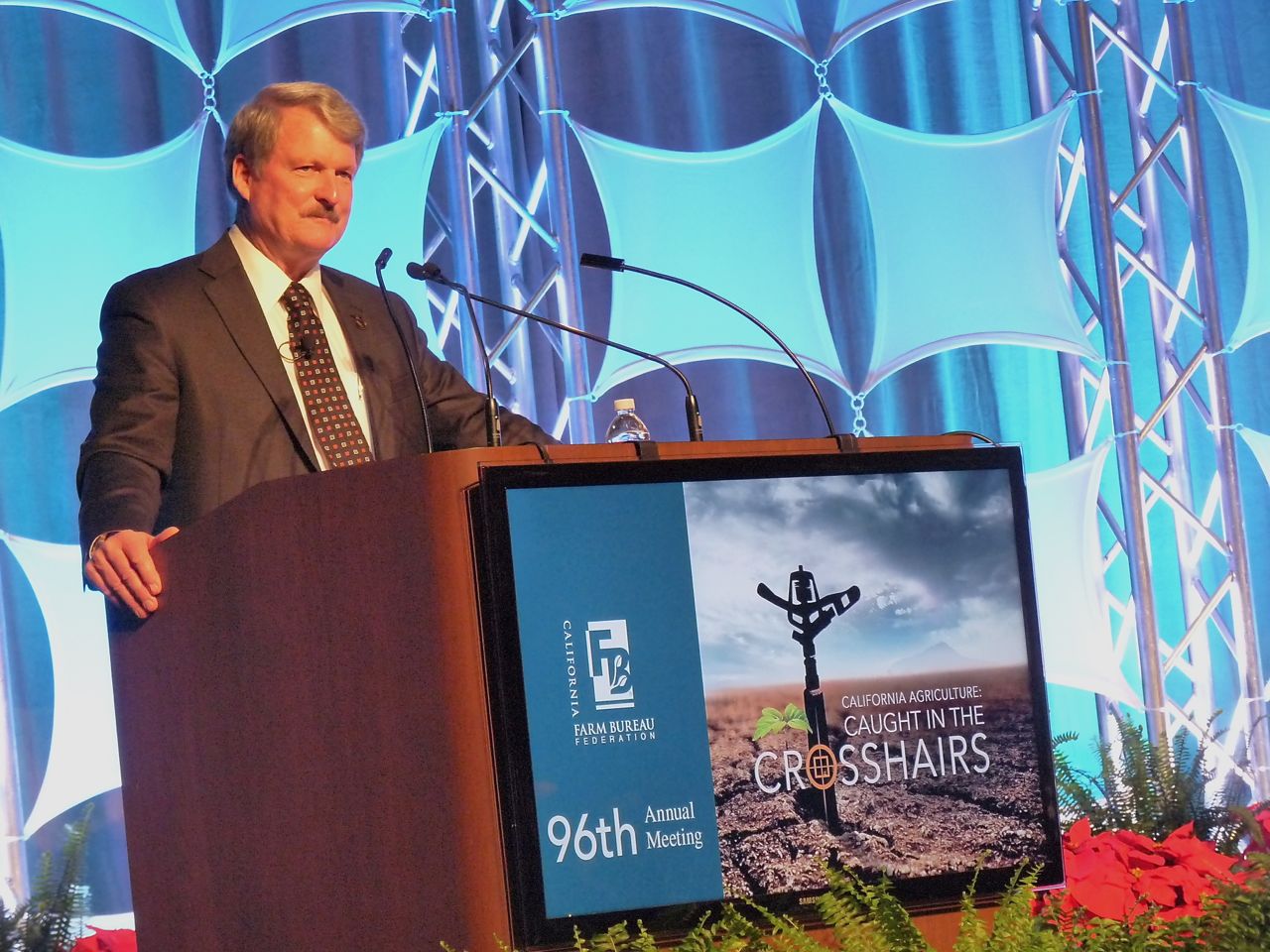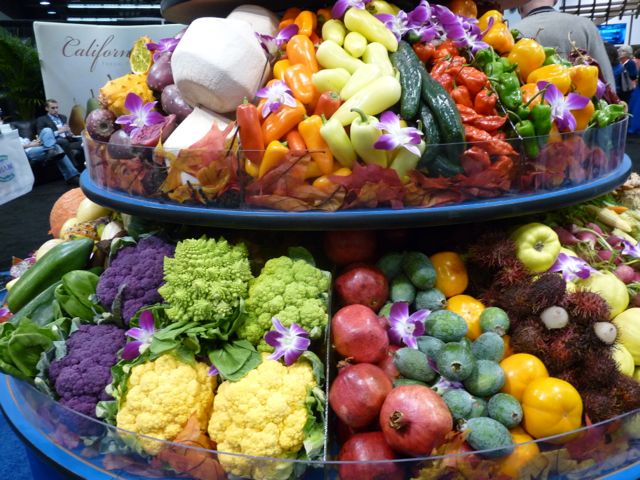More than just a job to do
The following was written by CDFA Secretary Karen Ross
Our general counsel here at CDFA, Michele Dias, came into my office last Friday with an excitable look on her face. I think most people in positions of organizational leadership would agree that when your lawyer does that, it may not be a good thing … Thankfully, this time was different.
Michele was proudly carrying her newly minted, California agriculture-themed license plate proclaiming her to be “MAD4AG”, matching her initials (middle name Ann). She had ordered it online from the DMV as part of a great program we’ve worked on in recent years that generates funding for agricultural education. Aside from the welcome bit of levity in an otherwise busy Friday, this moment gave me pause to reflect on the remarkable workforce that makes this department run.
It isn’t unusual for someone to have a personalized license plate related to their work, especially when they sincerely enjoy the job as much as Michele does. Part of the reason is a very real connection to agriculture that makes this more than a job. Michele grew up on a small, family-run dairy in Turlock and, as any farm kid can tell you, there is no education quite like the one you get on a farm. From biology to math to engine repair, I’m betting on the kid with the dirty boots.
Fortunately, CDFA has quite a few folks who share that upbringing and awareness. We have livestock inspectors who, when their work day is done, trade in the pickup for a saddle as they start their second job as cattle ranchers. We have administrators and field staff who take a detour on the way home to check their walnut grove, walk a few rows of vegetables, or move sprinkler pipes to the other side of the alfalfa field. We have PhDs, technicians and support staff who grew up on the farm and now volunteer their time in support of worthy causes like water conservation and habitat restoration on ag lands. We have scientists who take the time to talk to local elementary school students about farms and food, passing on their own experience to the next generation.
Of course, CDFA also has many staff members who did not have ag experience before joining this organization. Whether they are new or long-term employees, the common thread is that they develop a passion for our mission to protect agriculture, from the farms and families we work with every day to the food supply that they produce and provide.
More than 17,000 California agriculture-themed license plates are already on the road in California, and that says a lot about this community’s support for agricultural education. The program is currently accepting proposals for grant projects to promote ag education and leadership activities for students at the K-12, post-secondary and adult education levels. As more and more of our neighbors have less and less direct exposure to farming, this investment in agricultural literacy is an important step toward helping all of our citizens become informed consumers and voters who understand what goes into producing our food.
There is something special about agriculture, and it’s important to remember that it’s something we all share: If you go back even a handful of generations on just about anyone’s family tree, you’ll find a farmer. I am proud to say you’ll find quite a few of them working for you here at CDFA as well.





















